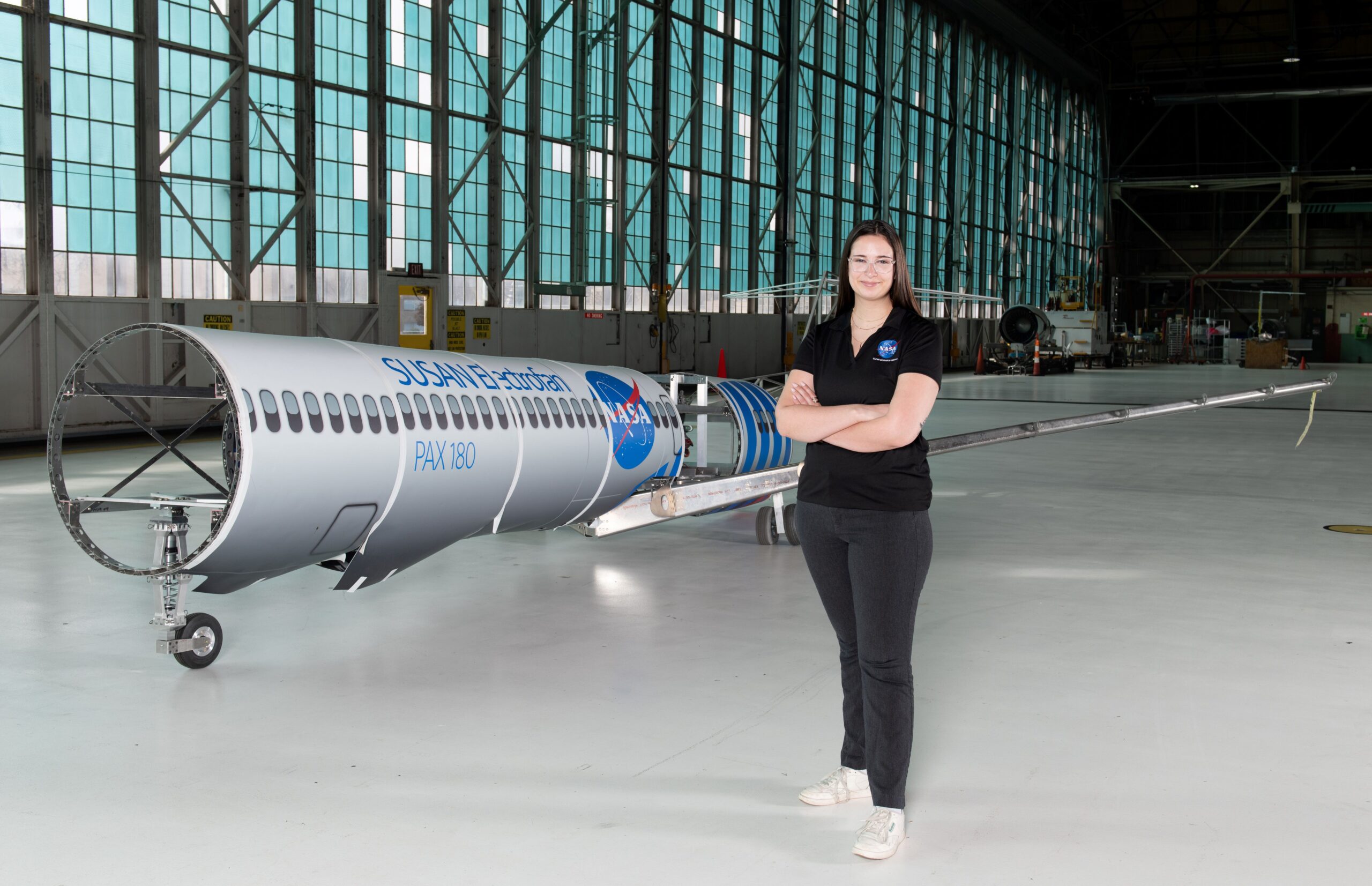Abigail Reigner: Bridging Culture and Innovation at NASA
In the quiet suburbs outside Philadelphia, Abigail Reigner spent much of her early life distanced from the roots of her Native American heritage. Her family, members of the Comanche Nation based in Lawton, Oklahoma, were committed to ensuring that Abigail remained connected to her cultural identity, despite the physical distance from her community.
Reigner’s parents played a pivotal role in her cultural education. They were passionate about maintaining their children’s connection to Native American traditions. They made regular trips to Oklahoma during the summer, immersing Abigail and her brother in their Indigenous culture and family life. This strong cultural foundation would prove to be a guiding force in Abigail’s professional journey.
Growing up in a family of educators, Abigail was introduced to hands-on learning from a young age. Her mother, a school teacher, actively engaged in community outreach, while her father, a technology education teacher, introduced Abigail to the world of engineering through computer-aided design (CAD). This early exposure to technology and education ignited Abigail’s passion for science, technology, engineering, and mathematics (STEM).
Abigail reflects on her upbringing with gratitude, acknowledging the privileges she had. "I feel pretty lucky to have grown up with so many educational opportunities, and I try to use them as a way to give back to my community," she shared.
In high school, Abigail’s interest in STEM solidified through various engineering and robotics classes. Recognizing her passion, she pursued higher education at the Rochester Institute of Technology in New York, where she earned both bachelor’s and master’s degrees in mechanical engineering.
During her college years, Abigail joined the American Indian Science and Engineering Society (AISES), an organization that connects Indigenous students and professionals in STEM fields. Through AISES, she had the opportunity to build connections with mentors and fellow Indigenous students, gaining valuable leadership experience that paved the way for internship opportunities at NASA.
"The opportunities I got through AISES led me to an internship at NASA’s Jet Propulsion Laboratory during the summer of 2021, followed by an eight-month co-op the next year in the materials science division," Abigail explained. Her involvement with AISES also introduced her to Joseph Connolly, an aerospace engineer at NASA’s Glenn Research Center in Cleveland. Connolly was actively recruiting Indigenous students for full-time positions at NASA, and upon graduating, Abigail joined the team at NASA Glenn as an engineer in 2024.
Currently, Abigail contributes to NASA Glenn’s initiatives in testing and demonstrating electrified aircraft propulsion technologies, which are part of NASA’s mission to create more sustainable air travel. One of the key projects she is involved in is the Electrified Powertrain Flight Demonstration (EPFD). This project focuses on risk-reduction testing to explore the feasibility of hybrid electric propulsion, aiming to reduce emissions and improve efficiency in future commercial aircraft.
"It’s always good to know that you’re doing something that is furthering the benefit of humanity," Abigail expressed. "Seeing that unity across NASA centers and knowing that you are a part of something that is accelerating technology for the future is very cool."
The Native American community at NASA Glenn has been instrumental in fostering initiatives that recruit, inspire, and retain Indigenous employees. Through various diversity programs, the agency provides educational STEM opportunities for underrepresented communities, encouraging students from Indigenous backgrounds to engage in technical projects and develop skills necessary to excel in STEM fields.
Joseph Connolly highlighted the impact of these efforts: "The Native American support group at NASA has been around since the mid-to-late 1980s and was one of the first Native American employee resources groups at the agency. Through this, we’ve been able to connect a number of Native employees with senior leaders across NASA and establish more agency-wide recruitment efforts and initiatives for Native Americans."
These initiatives are broad and impactful, ranging from support through NASA’s Minority University Research and Education Project (MUREP) to encouraging participation in hands-on learning experiences through projects like NASA’s University Leadership Initiative (ULI) and the First Nations Launch competition. These programs provide students with opportunities to conduct research and develop engineering and team-building skills.
The success of the Native American community at NASA Glenn and across the agency has not only created a direct pipeline for Indigenous students into NASA’s workforce but also fostered a sense of representation and inclusion within the agency. For Abigail Reigner, having access to this community and its resources has been crucial to her success and is vital for the future of diversity within NASA.
"I really feel like the reason I am here at NASA is because of the success of not just the Native American support group here at Glenn, but also Natives across the agency," Abigail said. "Without their support and initiatives to recruit and retain students, I wouldn’t be here today."
Overall, Abigail Reigner’s journey serves as a testament to the power of cultural connection and community support in shaping successful careers in STEM. Her story highlights the importance of diversity and inclusion in advancing technological innovation and sustaining a vibrant workforce at NASA.
For more information on NASA’s initiatives and projects, visit their official website.
For more Information, Refer to this article.

































